Trip to Emerita Augusta, Mérida capital of Extremadura [Eng][Esp]


Completing a series of trips through the western interior of the Iberian Peninsula through the lands of Extremadura, the objective of this trip was to visit the city of Mérida, capital of the autonomous community of Extremadura in Spain. Getting to the city is relatively easy as it is very well connected and is an important junction or crossroads of different roads that run through the country from north to south and from east to west, connecting with the capital of Portugal, Lisbon. I would suggest spending two or three days in this capital on this visit as there is much to see there and the most interesting thing is a display of historical archaeological remains from the Roman era. When I arrived in Mérida, the first thing that caught my attention was that it was crossed by a large river of this country, the Guadiana. Several bridges on the river crossed from one side of the city to the other and one in question took me to the southern area where I would begin this trip through ancient Rome in Spain, the Lusitania bridge. It was designed by Santiago Calatrava, a renowned architect of international prestige. Its shape and size caught my attention: two lanes on each side and a large interior pedestrian lane through which I crossed from one side of the river to the other, seeing part of the city from that location. The idea was to cross the river and then begin the tour of the remains of the Roman capital of Emerita Augusta.
Completando una serie de viajes por la zona interior oeste de la península Ibérica por tierras de Extremadura el objetivo de este viaje era conocer la ciudad de Mérida, capital de la comunidad autónoma de Extremadura en España. Llegar a la ciudad es relativamente sencillo ya que está muy bien comunicada y es nudo o cruce importante de diferentes vías que recorren el país de norte a sur y de este a oeste uniendo con la capital de Portugal, Lisboa. Sugeriría en esta visita pasar dos o tres días en esta capital ya que hay mucho que ver en ella y lo más interesante es un despliegue de restos arqueológicos históricos de la época romana. Cuando llegué a Mérida lo primero que capto mi atención fue que la atravesaba un gran rio de este país, el Guadiana. Varios puentes en el río cruzaban de un lado al otro de la ciudad y uno en cuestión me llevo a la zona sur donde iniciaría este viaje por la roma antigua en España, el puente Lusitania. Lo diseño Santiago Calatrava un arquitecto reconocido y de prestigio internacional. Su forma y tamaño llamó mi atención, dos vías de cada lado y una gran vía interior peatonal por la cual cruce de un lado a otro del rio viendo parte de la ciudad desde esa ubicación. La idea era cruzar el río para luego iniciar el recorrido por los restos de la capital romana de Emerita Augusta.

Lusitania Bridge / Puente Lusitania



|

|

|


Once I had crossed this beautiful bridge early in the morning, I headed for a garden area on the riverbank and could see on both sides well-prepared and maintained parks with lots of vegetation and trees. Many of the city's inhabitants had these two parks as their place of recreation and leisure and walked, exercised or simply enjoyed a green area in the heart of the city. I headed towards what would be the beginning of Mérida's Roman adventure towards its Roman bridge to cross the river again and reach the city centre and its old and historic part.
Una vez había cruzado este hermoso puente a primera hora de la mañana me dirigí por una zona ajardinada en el margen del rio y pude ver a ambos lados unos parques bien preparados y cuidados con mucha vegetación y arboleda. Muchas personas habitantes de la ciudad tenían en estos dos parques su lugar de esparcimiento y ocio y paseaban, hacían ejercicio o simplemente disfrutaban de una zona verde en el corazón de la ciudad. Me dirigí hacia lo que sería el principio de la aventura romana de Mérida hacia su puente romano para volver a cruzar el rio y llegar al centro de la ciudad y a su parte antigua e histórica.

Roman bridge of Merida / Puente romano de Mérida



When you cross the Roman bridge, right at its end you can see the walls of a fortification or citadel located at a strategic point to dominate the Guadiana River and be the city gate. Its construction of Arab origin is located on top of the remains of the Roman city and inside you can see part of the double road and one of the main gates of the Roman city. You can also see some remains of Roman houses and part of the old wall, the first of Roman origin.
Al cruzar el puente romano justo en su final aparecen las murallas de una fortificación o alcazaba ubicada en un punto estratégico para dominar el rio Guadiana y ser puerta de la ciudad. Su construcción de origen árabe se sitúa encima de los restos de la ciudad romana y en su interior se puede ver parte de la doble calzada y una de las puertas principales de la ciudad romana. También se puede ver algunos restos de casas romanas y parte la antigua muralla, la primera de origen romano.

Alcazaba of Merida / Alcazaba de Mérida


|
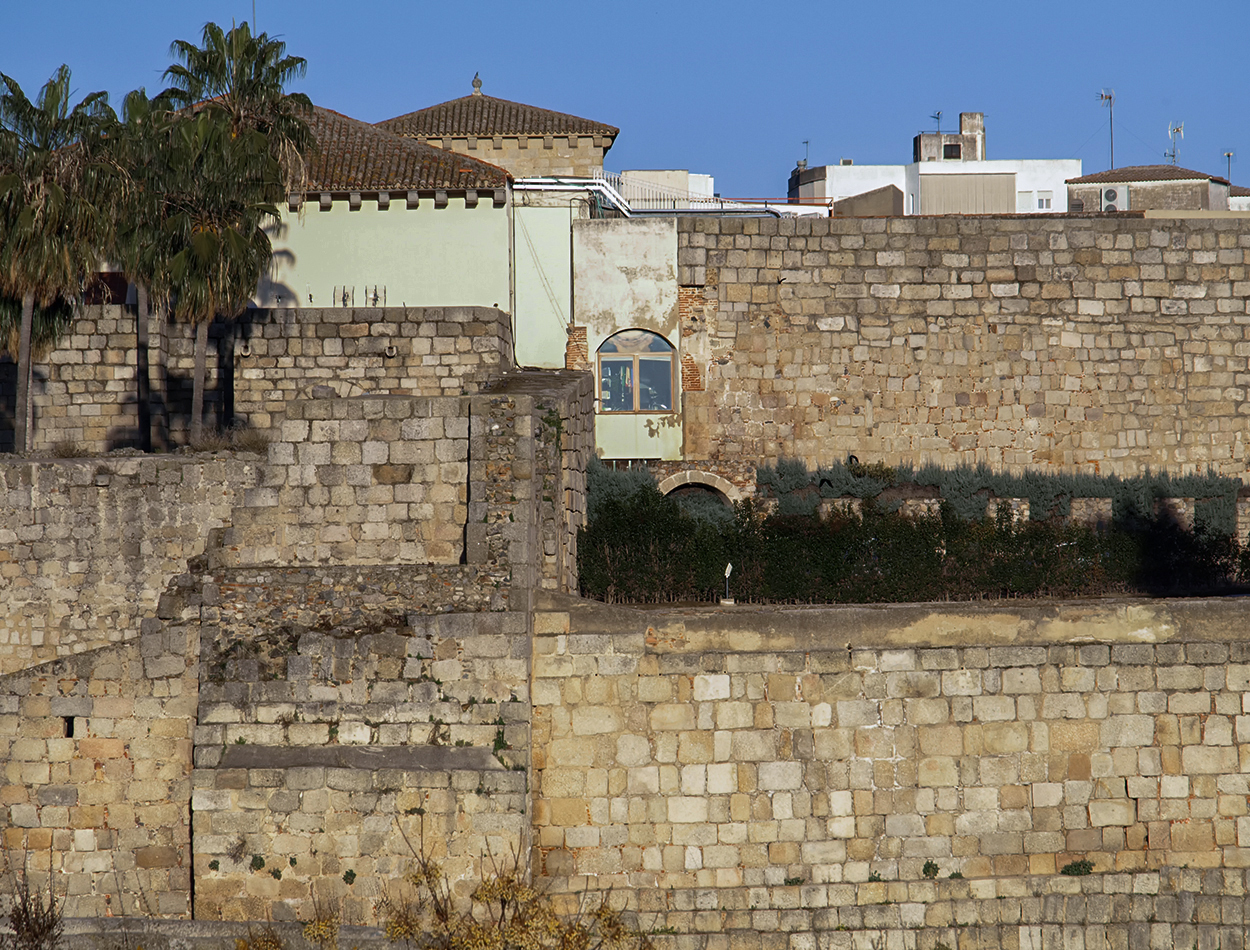
|

|






The next thing to visit would be the part furthest from the main core of the Roman city. The Roman circus where chariot and horse races were held and where only the remains of part of the stands and the track were preserved. Close to the circus is an important part of the water channel that served the town, the aqueduct of Los Milagros whose name comes from its resistance over the centuries. From the north at the beginning of its channel and towards the west of the town the aqueduct supplied the town with its water needs. The stone and baked brick that form its arches are its main characteristic along with its distance and preservation.
Lo siguiente en visitar seria la parte más lejana al núcleo principal de la ciudad romana. El circo romano donde se corrían carreras de cuadrigas y caballos y que solo se conservaban los restos de parte de las gradas y de la pista. Cercano al circo una parte importante de la canalización de agua que servía a la villa, el acueducto de los Milagros cuyo nombre viene de su resistencia al paso de los siglos. Desde el norte en el principio su canalización y hacia el oeste de la villa el acueducto abastecía a la villa de sus necesidad de agua. La piedra y el ladrillo cocido que forman sus arcos son su característica principal junto con su distancia y conservación.

Roman Circus / Circo romano



Conservation with ice / Conservación con hielo



Aqueduct of Miracles / Acueducto de Los Milagros





From this point of the aqueduct I was heading towards the urban centre of the Roman villa. Before that I had gone to the Basilica of Santa Eulalia where I had been informed that in its basement there is a crypt with Roman tombs, which I found very striking and interesting. Upon leaving the crypt I went to the Roman Museum of the city of Mérida, an almost obligatory visit to understand everything that happened and what happened during this period and the birth of the capital city of the Lusitanian region of the empire.
Desde este punto del acueducto me dirigía ya hacia el centro urbano de la villa romana. Antes fui a la basílica de Santa Eulalia donde me habían informado que en sus sótanos hay una cripta con tumbas romanas, me pareció muy llamativo e interesante. Al salir de la cripta me dirigí al Museo de romano de la ciudad de Mérida visita casi obligatoria para entender todo lo que sucedió y fue este periodo y el nacimiento de la ciudad capital de la región Lusitana del imperio.

Santa Eulalia / Santa Eulalia




Roman museum / Museo romano


|

|

|



|

|

|



A must-see in the remains of Emerita Augusta is the Temple of Diana. There are different studies on the characteristics of the temple and some different conclusions as to the reason for its construction. In principle it is believed that it is a temple dedicated to the different gods, not just Diana. It is also believed that it was used as the administrative centre of the town, as a kind of town hall where all the infrastructure of the Roman villa was managed. The construction of the city is dated to the 25th century BC by Octavius Augustus to give some of his legions a reward for their dedication to the empire. This is where the name of the city comes from, “the emeritus” or the “deserving” and they are awarded with a house or land in this villa. The Temple of Diana dates back to later when the city was at its peak.
Visita obligatoria a los restos de Emerita Augusta es el templo de Diana. Hay diferentes estudios sobre las características del templo y algunas conclusiones distintas en cuanto al motivo de su construcción. En principio se cree que es un templo dedicado a los distintos dioses, no solo a Diana. También se cree que estaba en uso como centro administrativo de la villa, como un tipo de ayuntamiento donde se dirigía toda la infraestructura de la villa romana. La construcción de la ciudad esta datada en el siglo 25 a. C. por Octavio Augusto para darle a algunas de sus legiones un premio por la dedicación al imperio. De aquí sale el propio nombre de la ciudad, “los eméritos” o los “merecedores” y se les premia con casa o tierra en esta villa. El templo de Diana se data posteriormente cuando el auge de la ciudad era considerable.

Temple of Diana / Templo de Diana


|

|

|


As a special place and the culmination of this trip to Mérida, I only had to visit the enclosure where the amphitheater and the city theatre were located. A meeting place where the Roman world had its leisure time, the amphitheater used for fights and human sacrifices to wild animals such as lions or bulls. The great city theatre as a place where more cultural shows were held, both sister enclosures occupy a large area in the town and are the key meeting place for the inhabitants of Emerita Augusta.
Como lugar especial y colofón de este viaje a Mérida solo me quedaba visitar el recinto donde se encontraba el anfiteatro y el teatro de la ciudad. Lugar de encuentro donde el mundo romano tenía su ocio, el anfiteatro usado para luchas y sacrificios humanos a animales salvajes como leones o toros. El gran teatro de la ciudad como lugar donde se celebraban espectáculos más culturales, ambos recintos hermanos ocupan una gran extensión en la villa y son el lugar clave de encuentro de los habitantes de la Emerita Augusta.

Roman amphitheater / Anfiteatro romano





Roman theater / Teatro romano
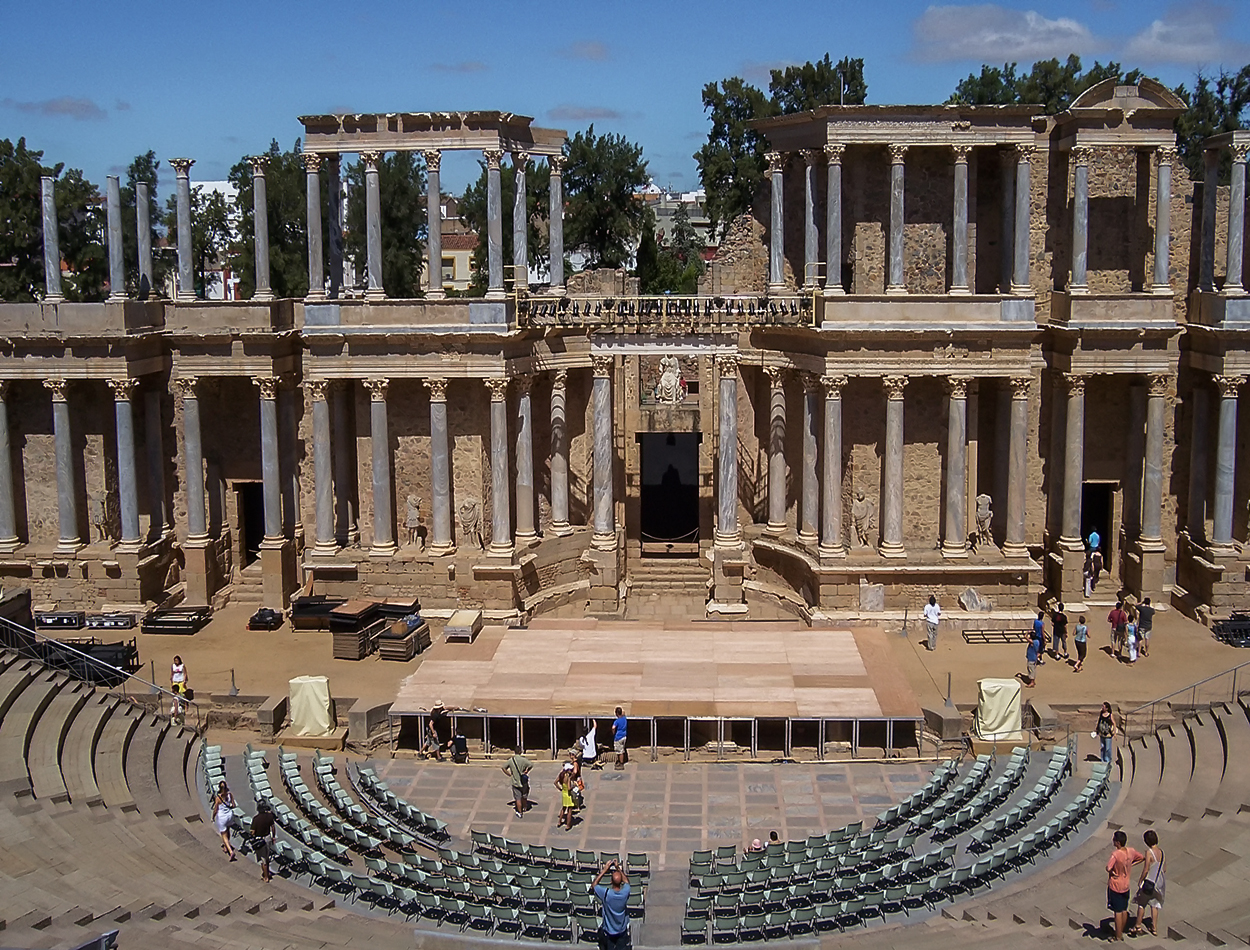


|

|

|




The capital of the autonomous region of Extremadura, the city of Mérida, has a great history and its collection of architectural remains make it one of the most attractive cities in the country to visit. I share my trip and record my experience on the world map. I extend an invitation to you to visit the beautiful places that I present to you. Greetings friends.
La capital de la región autónoma de Extremadura, la ciudad de Mérida, guarda una gran historia y su conjunto de restos arquitectónicos la hacen una de las más apetecibles del país para visitarla. Comparto mi viaje y dejo constancia de mi experiencia en el mapa mundial. Les extiendo una invitación para visitar los bonitos lugares que les presento. Saludos amigos.



| Categoría | Phototalent |
| Ajustes | ISO-100 f/8 1/100s |
| Cámara | Nikon D7100 - Olympus E410 y Kodak Z |
| Lente | Nikkor or Olympus |
| Localización | Spain |


Image ©oscarps. All Rights Reserved.
Original content by @oscarps




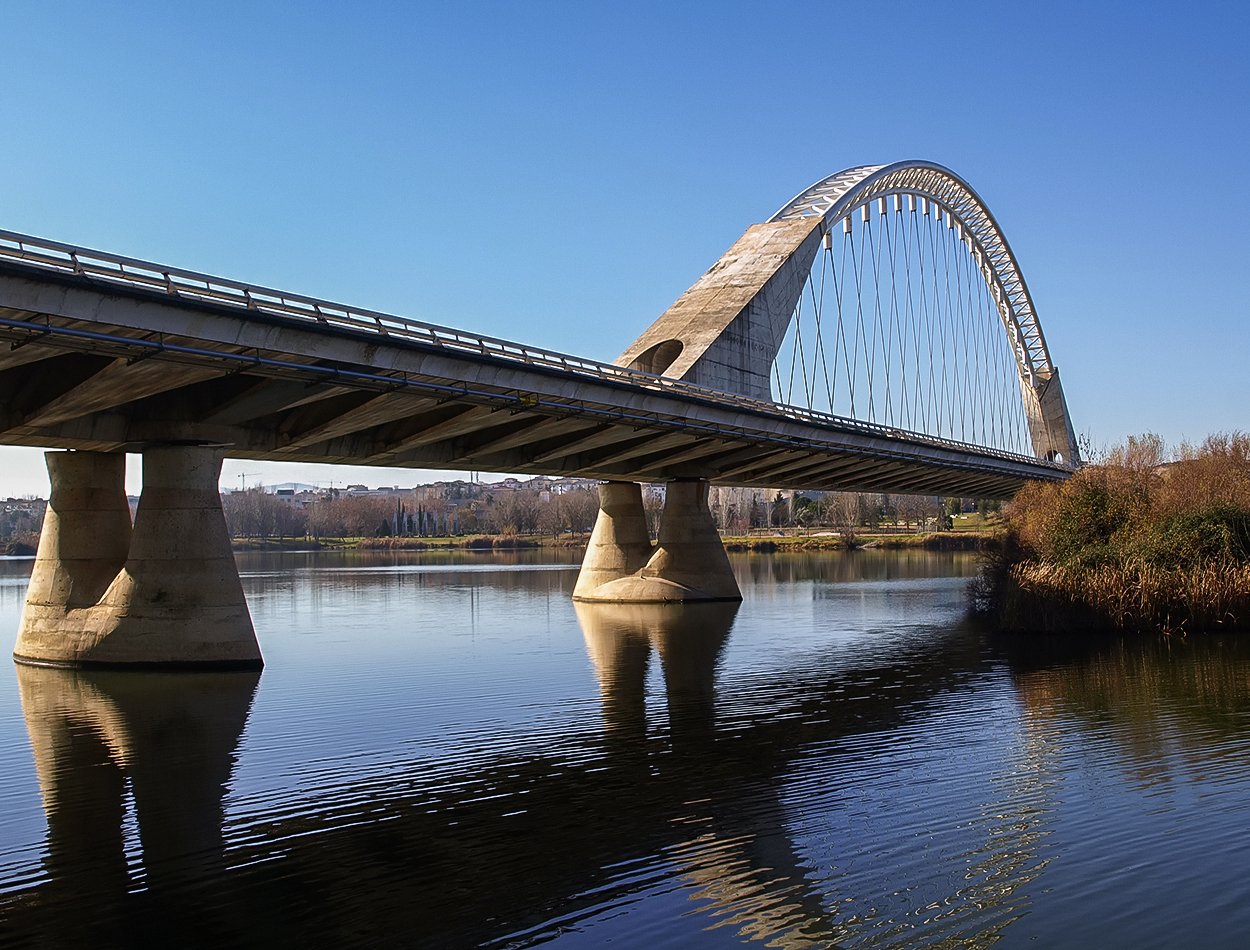


















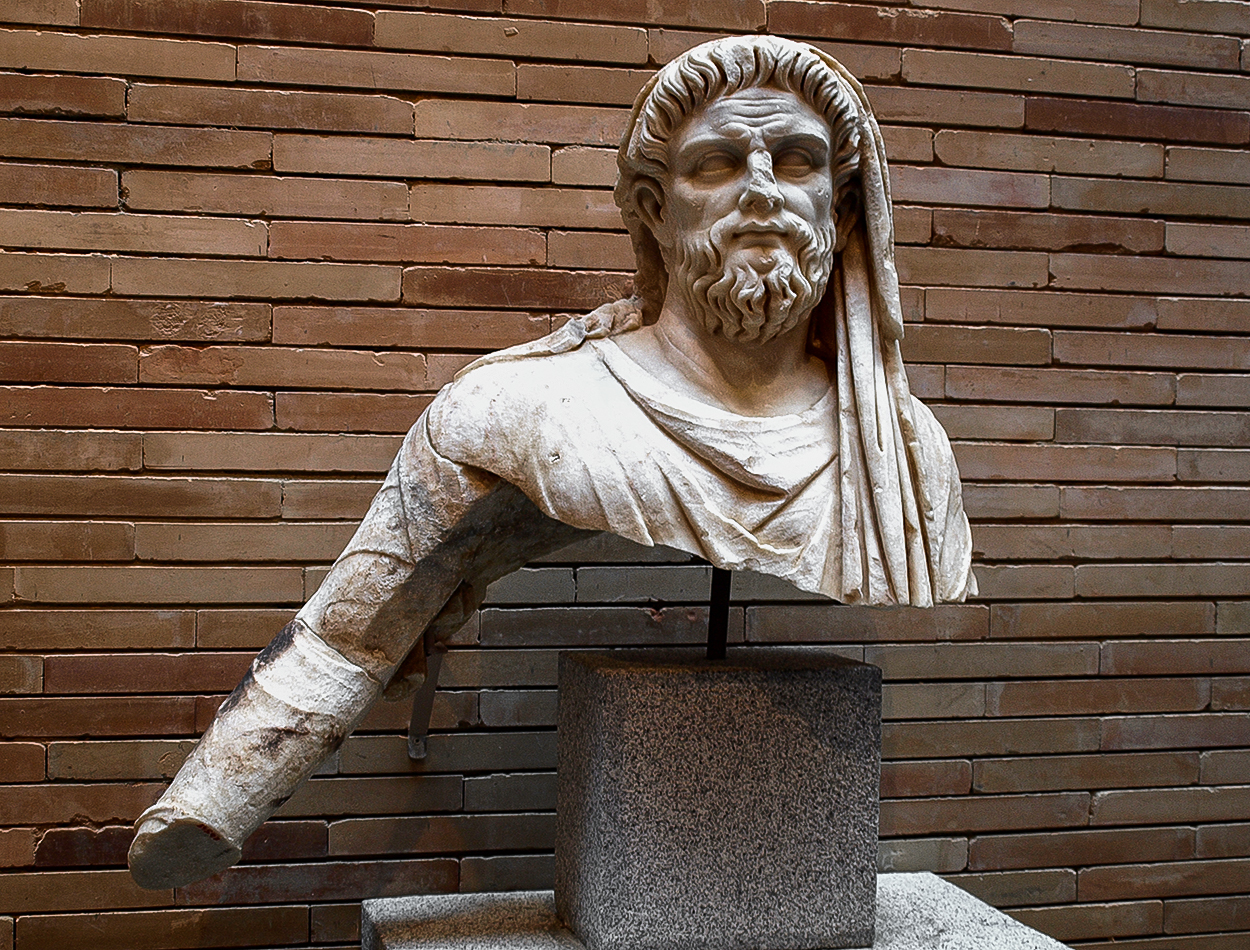





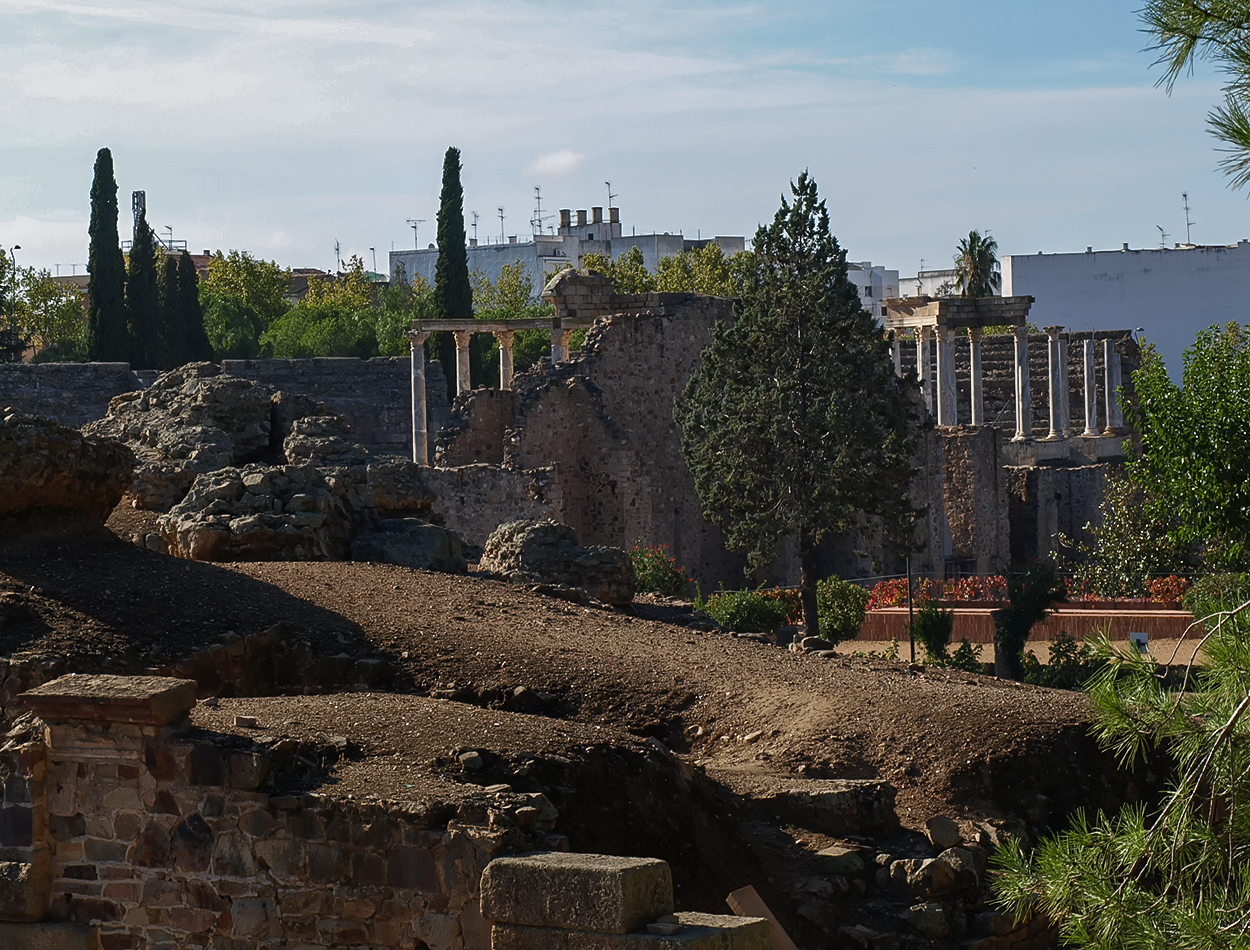
You can check out this post and your own profile on the map. Be part of the Worldmappin Community and join our Discord Channel to get in touch with other travelers, ask questions or just be updated on our latest features.
Congratulations, your post has been added to the TravelFeed Map! 🎉🥳🌴
Did you know you have your own profile map?
And every post has their own map too!
Want to have your post on the map too?
- Go to TravelFeed Map
- Click the create pin button
- Drag the marker to where your post should be. Zoom in if needed or use the search bar (top right).
- Copy and paste the generated code in your post (any Hive frontend)
- Or login with Hive Keychain or Hivesigner and click "create post" to post to Hive directly from TravelFeed
- Congrats, your post is now on the map!
PS: You can import your previous Pinmapple posts to the TravelFeed map.Opt Out
Congratulations @oscarps! You have completed the following achievement on the Hive blockchain And have been rewarded with New badge(s)
Your next payout target is 18000 HP.
The unit is Hive Power equivalent because post and comment rewards can be split into HP and HBD
You can view your badges on your board and compare yourself to others in the Ranking
If you no longer want to receive notifications, reply to this comment with the word
STOPCheck out our last posts:
Hiya, @ybanezkim26 here, just swinging by to let you know that this post made it into our Top 3 in Travel Digest #2368.
Your post has been manually curated by the @worldmappin team. If you like what we're doing, please drop by to check out all the rest of today's great posts and consider supporting other authors like yourself and us so we can keep the project going!
Become part of our travel community:
A wonderful post with amazing photos what a beautiful place hope One day we will get a chance to see this all the photos are so nice I am getting confused about which one is best. Thanks for sharing. :)
Thank you for your words and appreciating this adventure. When you can, Mérida in Spain is a truly beautiful city full of history. Greetings @hindavi
Thanks.
Congratulations @oscarps! You received a bright smile from TravelFeed. Our eyes were beaming while reading your post. 😁
Thanks for using TravelFeed!
@for91days (TravelFeed team)
PS: Did you know that we have our own Hive frontend at TravelFeed.com? For your next travel post, log in to TravelFeed with Hive Keychain or Hivesigner and take advantage of our exclusive features for travel bloggers.
It is very different from the Merida here in Venezuela, but from what I see in your photos it is very beautiful and with a well preserved and wonderful architecture.
Hay una estatua en esta ciudad que esta dedicada a las Méridas del mundo, son varias ciudades con el mismo nombre en diferentes paises. Gracias amiga por visitar una de ellas, saludos. @carminasalazarte
Me encantaría visitar Mérida y explorar todos esos restos arqueológicos de la época romana.
Gracias por compartir tu experiencia y por todas esas hermosas fotografías.
!INDEED
Muchas gracias a ti por tus palabras. Cuando puedas ya sabes que serás bienvenido en esta hermosa ciudad. @edgerik
Gracias.
!DIY
You can query your personal balance by
!DIYSTATS(3/10)
@oscarps! @edgerik Totally agrees with your content! so I just sent 1 IDD to your account on behalf of @edgerik.
Definitivamente tengo que volver a Mérida, ¡me faltó tantísimo por ver! estuve de paso una noche viendo lo poco que me podía permitir y quedé encantada con esa pequeña ciudad. Cada esquina es un pedazo de historia que te hace sentir que saltas de era en era. Y qué hermosos los reflejos del puente en el río. 😍
Vi tu publicación y me llamo mucho la atención. Por la noche con los monumentos iluminados es una pasada. También recogí algunas nocturnas pero quería hacer un recorrido diurno porque algunos sitios están cerrados por la tarde, noche. Me alegra que te traiga esos recuerdos y vuelve, Mérida es una gran ciudad. Saludos. @ninaeatshere
Hello oscarps!
It's nice to let you know that your article won 🥇 place.
Your post is among the best articles voted 7 days ago by the @hive-lu | King Lucoin Curator by keithtaylor
You and your curator receive 0.0480 Lu (Lucoin) investment token and a 12.87% share of the reward from Daily Report 472. Additionally, you can also receive a unique LUGOLD token for taking 1st place. All you need to do is reblog this report of the day with your winnings.
Buy Lu on the Hive-Engine exchange | World of Lu created by @szejq
STOPor to resume write a wordSTART